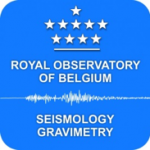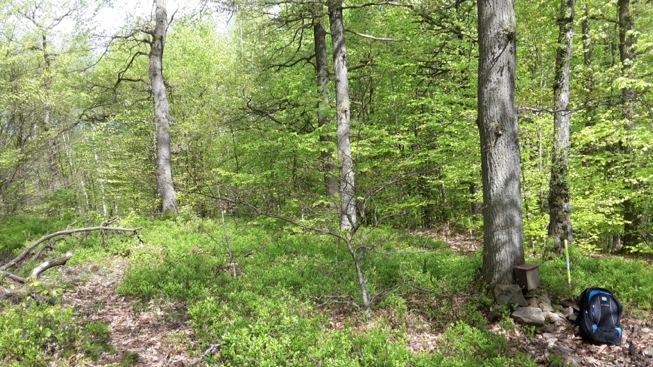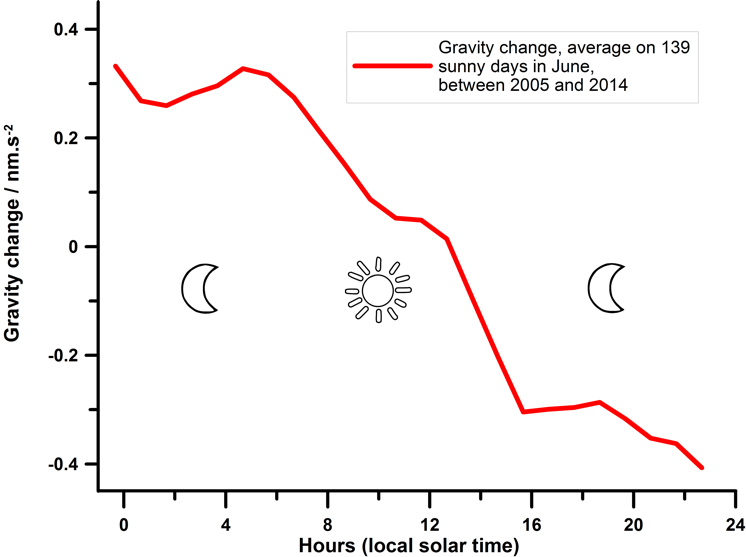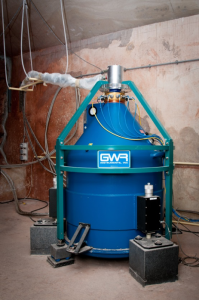Gravity variations induced by the transpiration of the trees
 A Belgian-French study has evidenced variations of gravity induced by the transpiration of the trees. During sunny summer days, each tree transpires a few hundred litres of water into the atmosphere. Assessing the evapotranspiration of ecosystems remains a key challenge in hydrology.
A Belgian-French study has evidenced variations of gravity induced by the transpiration of the trees. During sunny summer days, each tree transpires a few hundred litres of water into the atmosphere. Assessing the evapotranspiration of ecosystems remains a key challenge in hydrology.
The authors found that the water mass loss can be directly inferred from continuous gravity measurements: as water evaporates and transpires from terrestrial ecosystems, the mass distribution of water decreases, changing the gravity field.
Using continuous superconducting gravity measurements, the authors were able to identify daily gravity changes at the level of, or smaller than 10-9 nm/s² (or 10-10 g; g = 9.81 m/s²) per day. This corresponds to 1.7 litres of water per m² over an area of 50 ha. The strength of this method is its ability to enable a direct, traceable and continuous monitoring of actual evapotranspiration for years at the mesoscale with a high accuracy.
This study results from a long-standing, fruitful collaboration between the Royal Observatory of Belgium, U. La Rochelle, U. Liège, U. Mons, U. Paris Diderot, the Catholic U. of Louvain, and the National Institute of Geographic and Forest Information (IGN).
The study will be published in Geophysical Research Letters:
Direct measurement of evapotranspiration from a forest using a superconducting gravimeter,
(September 2016, DOI: 10.1002/2016GL070534) by:
- Michel Van Camp (Sismology-Gravimetry, Royal Observatory of Belgium) ;
- Olivier de Viron (Littoral, Environnement et Sociétés (LIENSs), U. La Rochelle et CNRS) ;
- Gwendoline Pajot-Métivier (Institut Géographique National & U. Paris Diderot) ;
- Fabien Casenave (Institut Géographique National & U. Paris Diderot) ;
- Arnaud Watlet (Géologie fondamentale et appliquée, U. Mons & Sismologie-Gravimétrie, Observatoire Royal de Belgique) ;
- Alain Dassargues (Hydrogéologie et Géologie de l’Environnement ArGEnCo, U. Liège) ;
- Marnik Vanclooster (Earth and Life Institute, Université Catholique de Louvain)
Daily gravity decrease caused by evapotranspiration in the forest around the Membach station: in June, during sunny days, gravity decreases by 0.7 nm/s² (or 7 hundredths of a billionth of g), which is equivalent to a loss of water of 1.7 litres per m².

The forest 48 meters above the geophysical station of Membach, eastern Belgium (picture : Michel Van Camp).
The superconducting gravimeter is installed at the end of a 140 m-long gallery, excavated under the “Hertogenwald” forest, between the reservoirs of Eupen and La Gileppe. Since 1995, this instrument measures continuously gravity changes with a precision of a few hundredths of a billionth of g (a few 10-11 g). In such a gravimeter, a sphere levitates in a magnetic field, which is generated by two coils. The coils and the sphere are superconducting and maintained at a temperature of -269°C (or 4 K), this provides a great stability, allowing measuring gravity changes with an outstanding precision (picture : Marc Seil).


